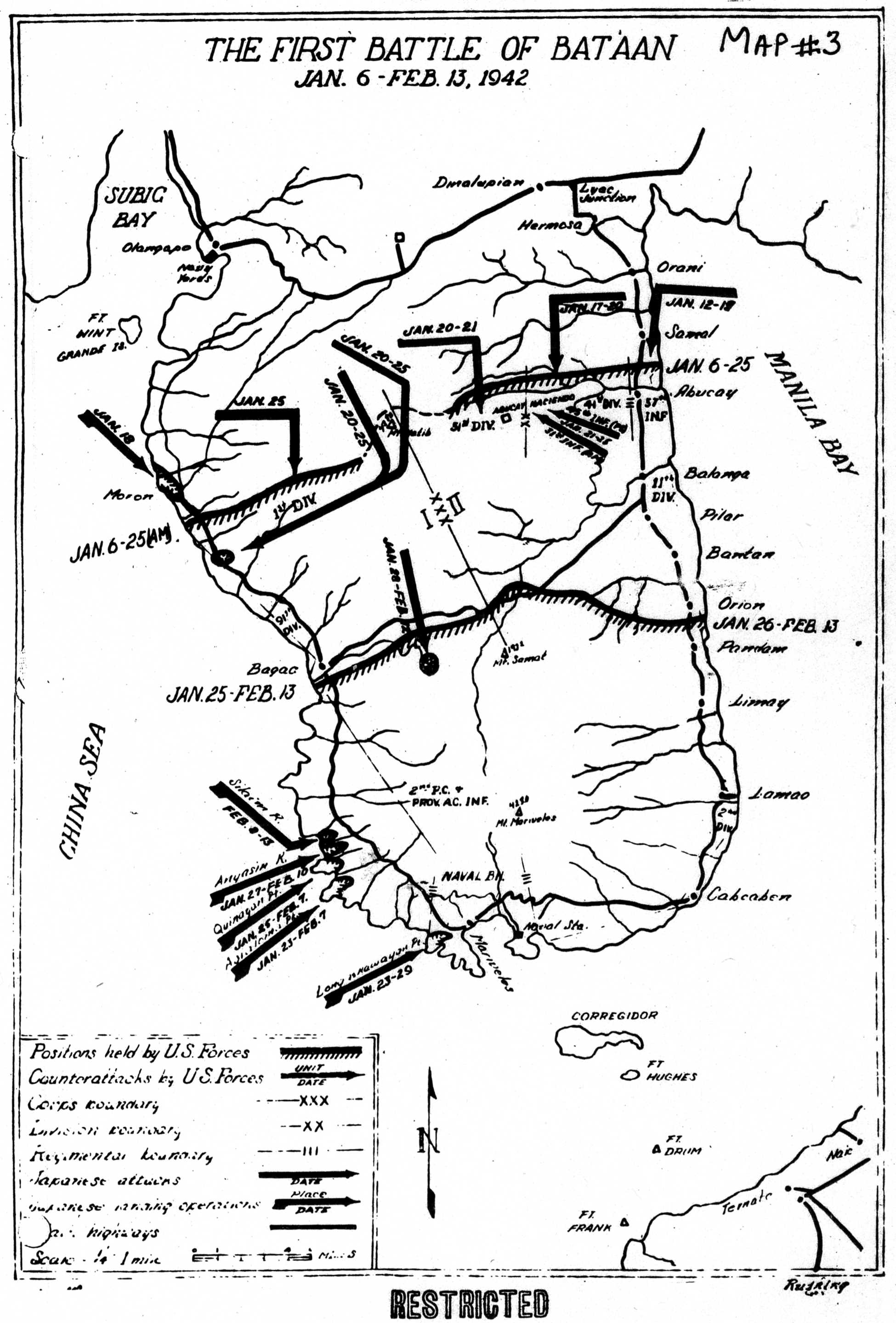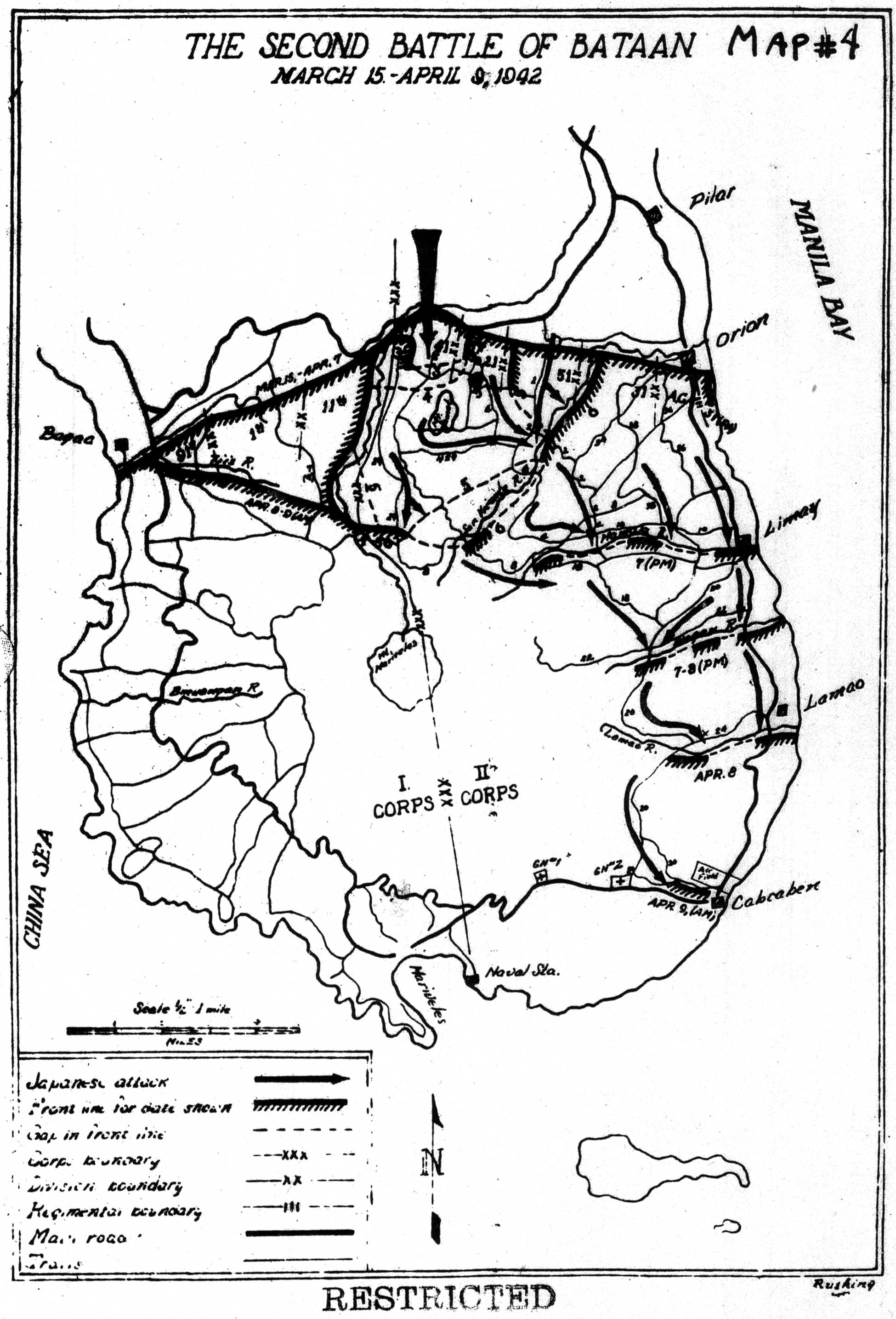These are the writings on the wall of the Dambana ng Kagitingan (Shrine of Valor) in Mt. Samat, Pilar, Bataan - a monument built to remember and to celebrate the resilience of the human spirit. Reading through the inscriptions sent chills to my bones. It makes me proud to be a Filipino, even more so being a Bataenyo (a native of Bataan).
Let this be a reminder to us all, of the valor and the glory of our roots. We shall not forget...
"Our mission is to remember."

On this ground gallant men chose to die than surrender.
From all corners of the Philippines they came, youthful and brave, to make their last stand in Bataan against an implacable enemy which had marched through Asia. What transpired was a ferocious combat between raw, ill-equipped recruits against seasoned, well-armed troops.
Let this be a reminder to us all, of the valor and the glory of our roots. We shall not forget...
"Our mission is to remember."

Photo by Irwin Richard Dizon
The Battle of Bataan
On this ground gallant men chose to die than surrender.
From all corners of the Philippines they came, youthful and brave, to make their last stand in Bataan against an implacable enemy which had marched through Asia. What transpired was a ferocious combat between raw, ill-equipped recruits against seasoned, well-armed troops.
On these tablets is recorded the epic, the truly unifying experience, that was Bataan. Let all who read this take pride in the courage of our race.
The Battle: The enemy had secured the beachheads on Lingayen Gulf and the West coast of Tayabas. The 14th Japanese Imperial Army under the command of Lieutenant General Masaharu Homma started the gigantic pincer attack. The fate of Luzon defense was sealed.
Fighting valiantly, the United States Army forces in the Far East [USAFFE] led by General Douglas MacArthur was thrown back in fierce actions by the implacable advance of the enemy. Retreat to Bataan became inevitable. On this peninsula, the defending forces, following War Plan Orange 3, regrouped for last stand against the invaders.
Delaying actions were fought to permit withdrawal to the peninsula, the bloodiest of which was fought by the 11th and 21st Divisions on the Porac-Guagua defense line.
The 26th U.S. Cavalry Regiment protected the west flank of the 21st Division. As the entire USAFFE struggled from the south and north toward the Layac junction, the only approach to Bataan, the delaying forces held its line on open and unprepared ground. From January 1 to January 5 they stood fast against massive enemy aerial and artillery bombardment, concentrated tank attacks and banzai charge. Casualties on both sides were heavy.
The first defensive line in Bataan was the Hermosa-Dinalupihan line where on 6 January 1942 the 71st Division, the American 31st Infantry Regiment and the 26th Cavalry Regiment fought the pursuing enemy.
The aim of War Plan Orange 3 was to resist the enemy in Bataan peninsula to the limits of human endurance.
On 14 January, the Japanese attacked the boundary of the 41st and 51st Divisions. The 43rd Infantry, holding the left flank of the 41st Division reinforced by the 23rd Infantry, 21st Division, sharply refused its flank. The 51st Infantry, holding the right flank of the 51st Division, withdrew creating a gap through which the enemy advanced to the Salian River, but was discovered by a patrol of the 21st division. elements of the 21st Division were rushed to the Salian River Valley and after a savage fight succeeded in throwing back the enemy. Farther to the west the enemy surprised and routed the 53rd Infantry, penetrating deep behind the mined battle position along the Abo-abo River Valley, the enemy advance was held up by combined elements of the 21st Division of the II Corps Reserve, the 31st and 51st Divisions on the Bani-Guitol forest area.
The American 31st Infantry and 45th Infantry, Philippine Scouts succeeded in partially restoring the abandoned 51st Division line.
On 15 January, the Morong-Sector, defended by the 1st Regular division, reinforced, came under heavy bombardment, but the line held.
A few days later, the enemy penetrated through a huge gap in the Silangan-Natib area and established a road block on the Mauban Ridge, thus cutting off the 1st Regular Division from the rear area. Gravely threatened elements of the 71st and 91st Divisions and the 2nd Philippine Constabulary Regiment repeatedly attacked the road block but failed to dislodge the enemy.
Although the II Corps Sector had prevented a similar envelopment in the Salian River battle the I Corps position was now untenable. The Abucay-Morong line was abandoned on 24 January. The Orion-Bagac line was established two days later
Again in a desperate attempt to outflank the I Corps, the enemy landed crack units on the west coast of southern Bataan. The aim was to outflank and isolate the front-line units from the Headquarters and supplies.
There were three ferocious engagements: in the Lapiay-Longos-kawayan points area, fought from 23 to 29 January; in Quinauan-Aglaloma points area, fought from 23 January to 13 February and Silaiim-Anyasan points, fought from 27 January to 13 February. Of the 2,000 enemy troops committed to these battles, only 34 wounded soldiers returned to their lines.
On 27 January, enemy troops were discovered in the rear of the Orion-Bagac line, the Tuol River valley behind the 11th Regular Division. The series of engagements to eliminate the enemy salients became known as the Battle of pockets, fought from 27 January through 17 February. Of the 2,000 Japanese troops committed to this battle, only 377 enemy soldiers were reported to have escaped
After the Battle of the Points, Pockets and Trail 2, which were brilliant triumphs of the USAFFE, the enemy withdrew to regroup forces and to wait for reinforcements.
Meanwhile on 21 March - Gen. MacArthur, his family and some staff officers of the USAFFE left Corregidor on four PT-boats for Mindanao, from there they were flown to Australia. MacArthur’s departure was the end of the USAFFE. On 22 March the defending army was renamed United States Forces in the Philippines [ USAPIF ] under the command of Lieutenant General Jonathan M. Wainwright.
The Japanese High Command reinforced Homma’s 14th Imperial Japanese Army, and toward the end of March, the enemy struck. The entire Orion-Bagac line was subjected to vicious artillery and aerial bombardment. About a hundred and fifty artillery pieces of various calibers concentrated in front of Mount Samat. The enemy opened fire at 10:00 hours on Good Friday, 3 April. Aerial bombing was equally intense. The 21st and 41st Divisions came under incredibly savage bombardment, turning Mount Samat area into an inferno. The forest was set on fire, men were buried alive in their foxholes and every inch of ground was covered by enemy fire. The dust, flames and smoke darkened the mountains. The USAFFE artillery, which had backed the defenders, was immobilized.
At 15:00 hours the enemy infantry spearheaded by tanks which rolled over the bodies of the dead and living Filipino defenders, broke through the main line of resistance of the 41st Infantry at Trail 29. Along Trail 6, enemy Infantry - also spearheaded by tanks, crashed through the main line of defense of the 21st Infantry. By nightfall, the enemy had penetrated about 1,500 yards behind the main line of resistance of the 41st Infantry, 1,000 yards behind the 23rd Infantry.
On 4 April, the enemy infantry attacked the 23rd Infantry. Crashing through the line along Trail 4, the enemy swerved toward the east and struck the flank of the 22nd Infantry. By nighttime, the enemy had penetrated 1,000 yards behind the main battle position of the 23rd. By 6 April - Mount Samat was surrounded. But the 21st Division, reforming its line to resemble a horse shoe, still held the slopes of the mountain. The battle of Mount Samat was called the most vicious encounter of the second battle of Bataan.
On 9 April 1942 - at high noon, Major General Edward P. King, senior American officer on the battle-torn peninsula, surrendered the Bataan forces. The infamous Death March began an ordeal which annealed the Filipino spirit.
The night before the surrender a series of earthquakes rocked Bataan two which were nature’s making. In the morning heavy rains fell. Then the sun shone.
The heroic resistance of the defenders of Bataan had wrecked the time-table of the Enemy.
Let friend and foe recognize the martial spirit that defeat could not break. To the memory of these brave warriors, whose blood soaked every rock of this land so this Nation might endure, this humble shrine is consecrated.
" Our mission is to remember."



Comments
Post a Comment